When the Lusitania sank in 1915, America quickly became aware that the British merchant marine carried the majority of U.S. overseas trade. Congress, in response, set up the U.S. Shipping Board during World War I and authorized its ability to purchase, charter and build U.S. flag ships and even set up shipyards for this purpose.
After the war ended on Nov. 11, 1918, only 470 ships were delivered, with another 1,429 still under construction. The last ship from the Shipping Board’s World War I building program was delivered in May 1922, for a total of more than 1,700 ships produced.
The U.S. government decided that this flood of new U.S.-flag ships needed to be assigned to “managing operators.” As many as 200 American shipping companies were formed to operate these ships. Today, the Waterman Steamship Co. is the sole survivor of these operators.
John B. Waterman was born into one of New Orleans’ oldest families on Dec. 21, 1865. The family traced its roots to Miles Standish and Priscilla Alden, who came to this country on board the Mayflower. He attended the University of Louisiana (forerunner of Tulane), worked for the railroad and by age 33 was the export agent for the Missouri Pacific Railroad in New Orleans. After serving in the Spanish American War in Cuba, he moved to Mobile, Alabama, in 1902 to work for a British shipping company.
In 1919, Waterman recognized a business opportunity in the burgeoning U.S. maritime industry, and along with a few friends approached the Shipping Board to become a “managing operator” for some ships. Waterman and his associates impressed the board and by November 1919 commenced operations with the sailing of the Eastern Sun from Mobile to Liverpool in the U.K.
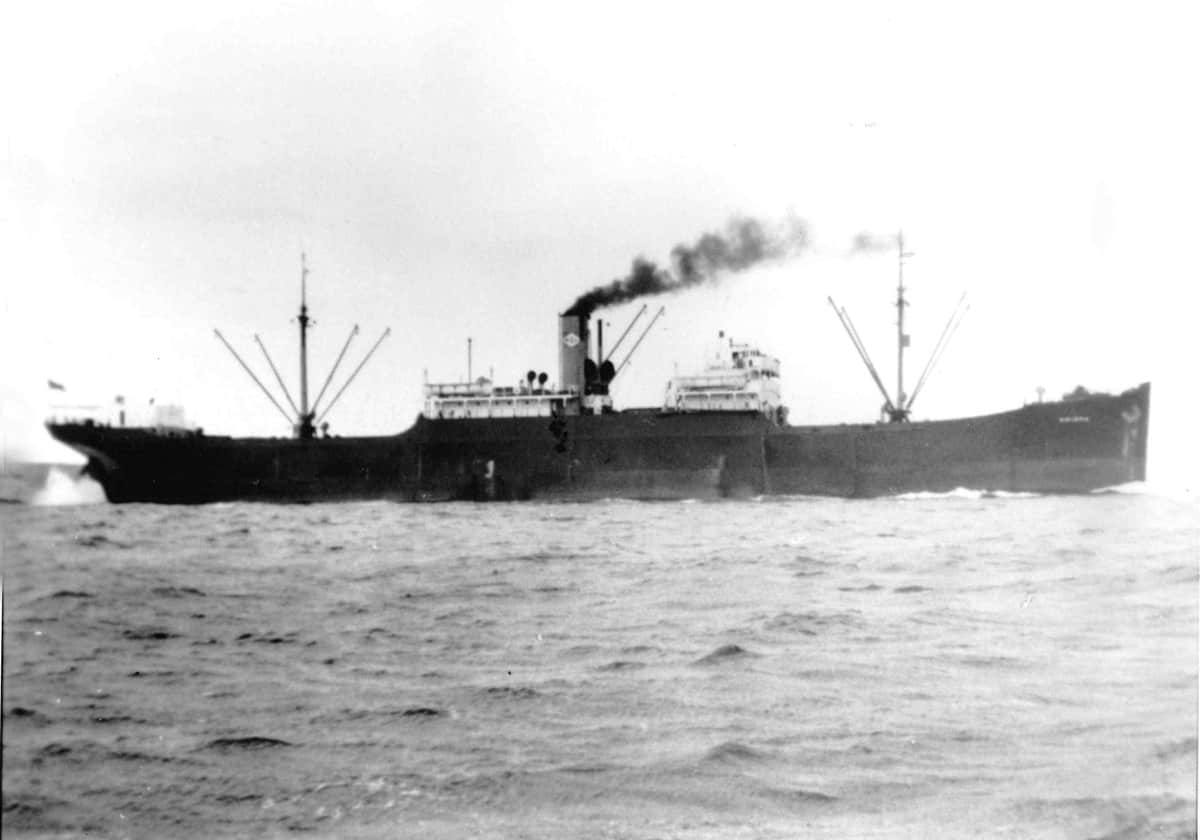
Within its first year of operation, the company managed six ships, which were employed to carry cotton, coal and grain to Mediterranean ports, Brazil and Argentina. By 1923, Waterman’s ships called at additional ports in the U.K. and North Europe from U.S. Gulf and East Coast ports. As the business grew, more ships were purchased from the U.S. government.
Looking to increase stability in the company, Waterman established Ryan Stevedoring Co. in 1924. A year later, the company’s operations were expanded to Puerto Rico and the Caribbean using four “Laker”-type ships acquired from the Shipping Board. By the start of the 1930s, he also started an intercoastal company, the Arrow Line, and the Pan-Atlantic Steamship Co. In addition, Waterman kept his aging fleet of ships well maintained by acquiring the Gulf Shipbuilding Co. in Chickasaw, Alabama, in 1937.
Waterman, who died suddenly in 1937, managed to build one of the largest U.S. steamship companies before the start of World War II.
With the exception of some U.S. coastwise and near-coastwise vessels, the American merchant fleet was chartered to the U.S. government for transport services. Waterman Steamship operated another 100 wartime-built Liberty and Victory ships during World War II.
By the war’s end, Waterman Steamship had acquired the largest U.S.-flag fleet; the Grand Hotel at Point Clear, Alabama; a modern office building in Mobile made famous by its 12-foot rotating globe in the lobby; and terminals and warehouses.
The company founded Waterman Airlines in 1947 but failed to obtain the required endorsements from the U.S. Civil Aeronautics Board. The airline closed and the planes were sold the following year.
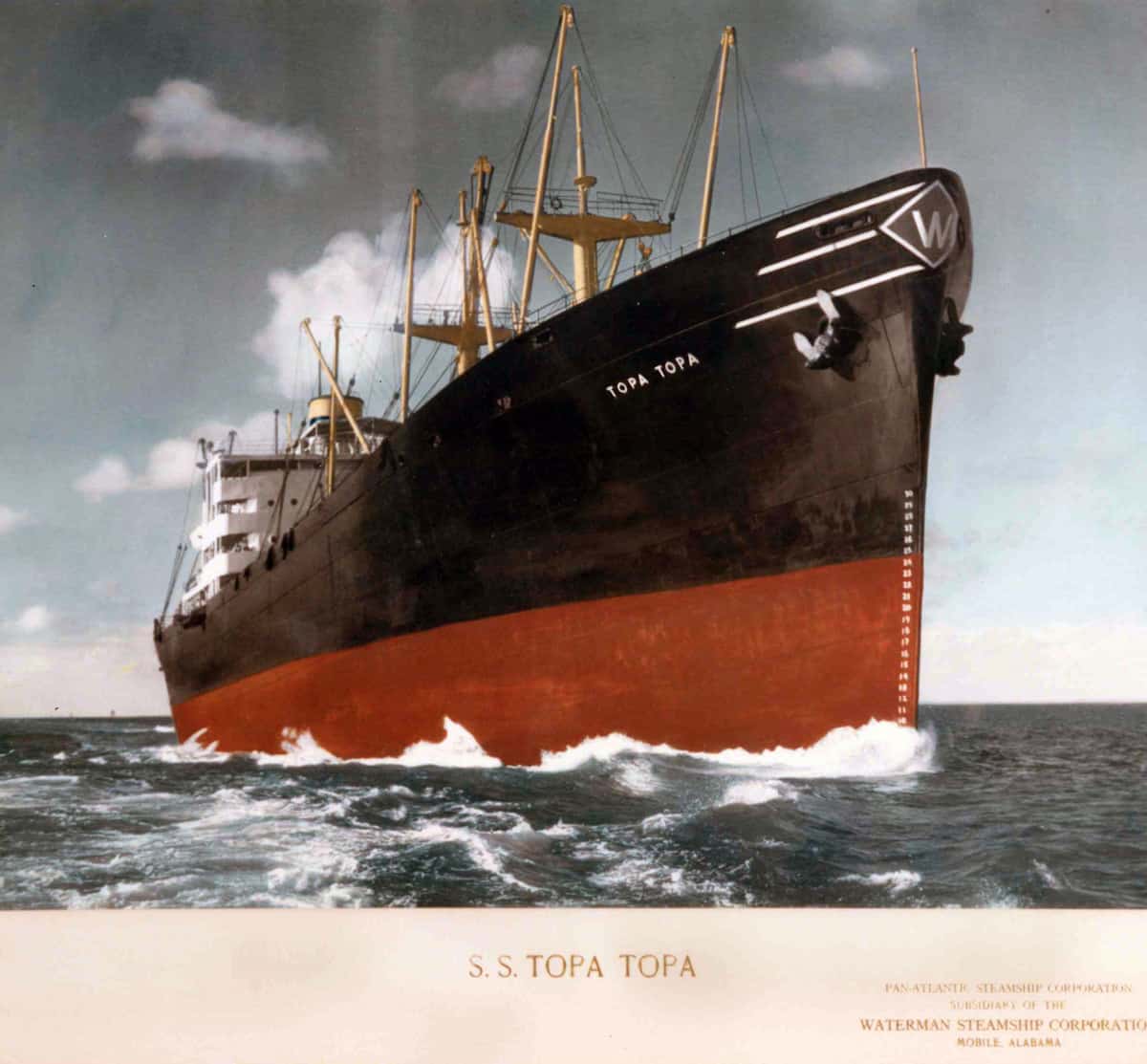
In 1951, commercial cargo was increasingly difficult to find for the U.S.-flag ocean carriers. When the Korean War began, Waterman Steamship was able to deploy its Chickasaw-built fleet of C-2 cargo ships with the U.S. Military Sea Transport Service. But that still was not enough to stave off hardship and in 1952 the company closed its shipyard and the Arrow Line service.
North Carolina trucking executive Malcom McLean in the early 1950s was looking to acquire a steamship line to test his concept of transporting containerized cargo overseas and Waterman Steamship’s aging management was looking to sell. McLean purchased Waterman Steamship’s ship operation in 1955.
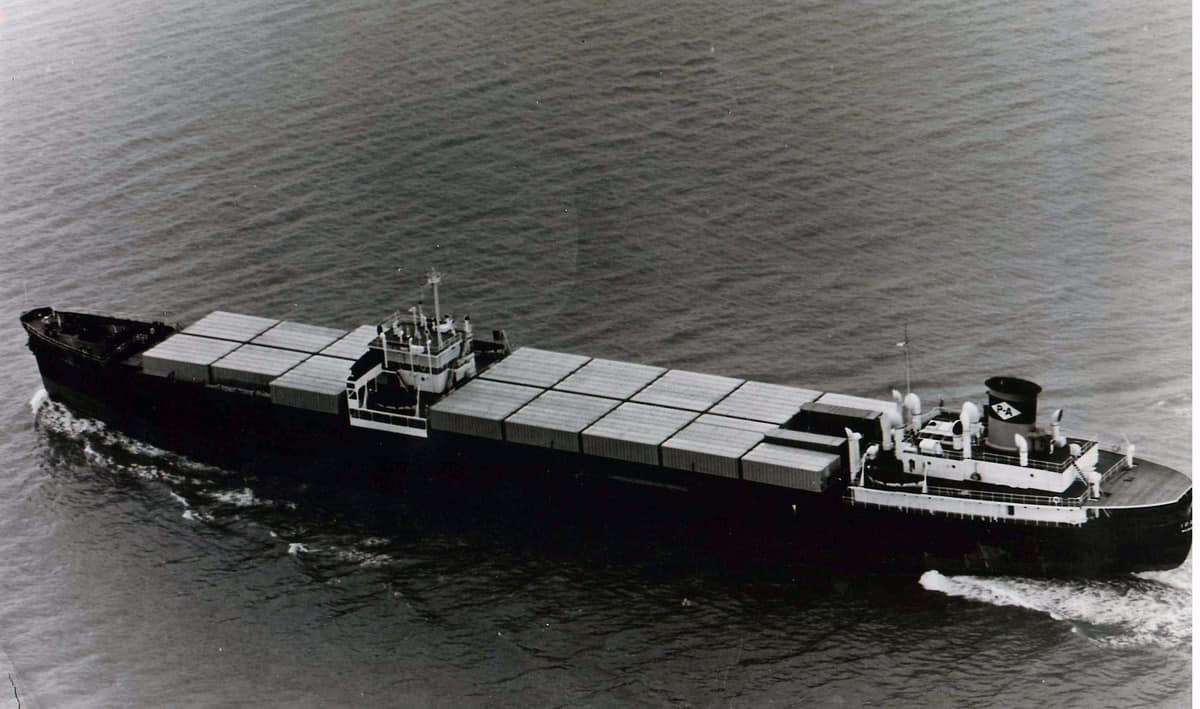
Initially three tankers were purchased and operated on the Pan-Atlantic service between Port Newark, New Jersey, and Houston before six of the former Waterman Steamship C-2s were converted to cellular containerships. Thus, McLean’s Waterman subsidiary became the first owner of a containership.
By 1961, McLean disposed many of the Waterman assets to finance his Sea-Land fleet. He sold the remainder of Waterman Steamship to a group of investors led by Cornelius and Edward Walsh, who in turn sold one-half interests to U.S. Freight and purchased 12 mariner-type ships built in the early 1950s.
The Walsh family’s 20-knot ships revitalized Waterman’s Red Sea, Far East and Indian Ocean trades. In 1974, the company acquired a fleet of LASH (lighter-aboard) ships, which transported small barges that shippers used to fill with their freight.
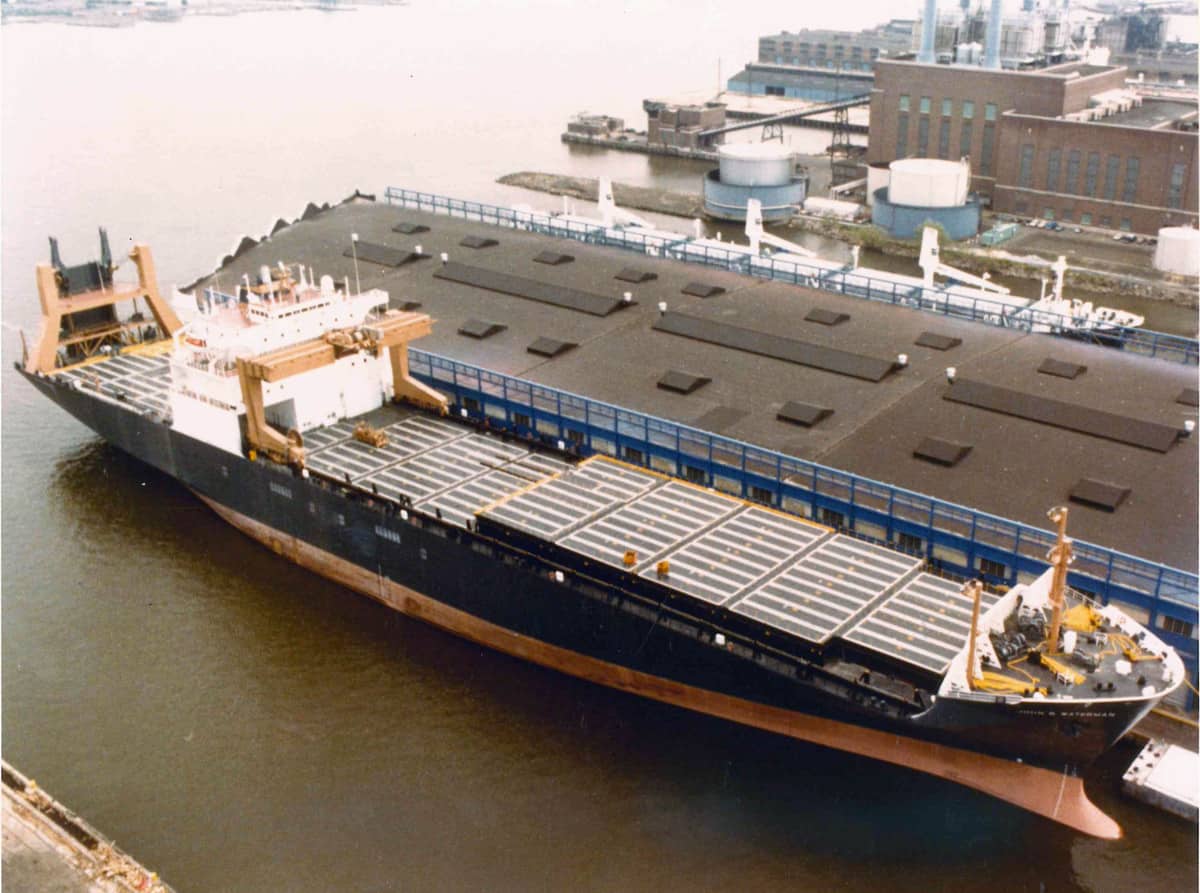
Waterman Steamship entered bankruptcy in 1983 but emerged in 1986 due in part to the chartering of its three new roll-on/roll-off ships to the U.S. government. In March 1989, Niels and Erik Johnsen of New Orleans-based International Shipholding purchased the company. Under International Shipholding, Waterman Steamship prospered, expanding into car and truck carrier (PCTC) operations, while its LASH business declined.
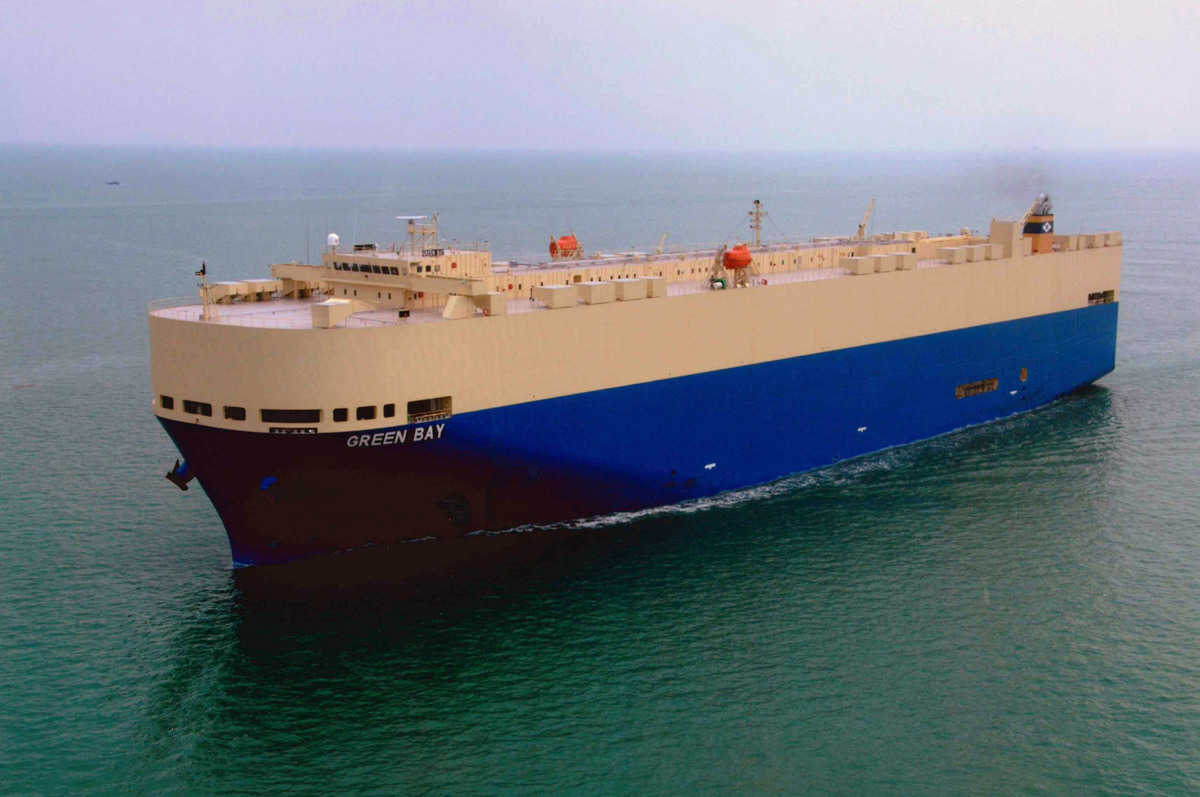
In 2016, International Shipholding filed for bankruptcy and Seacor Marine Holdings purchased Waterman Steamship. The company, which marks its 100th anniversary in November, remains a leading participant in the U.S. government’s Maritime Security Program, with its four large PCTCs operating globally.








CLAIBORNE Ann Walsh
The Waterman Steamship Company had. Ship named the CLAIBORNE. In the Mid fifties she did three water related rescues in less than a year!
Reggie. Hayden
Second Mate on SS Hurricane in summer of 63 to North. Europe! Great summer before law school! !!